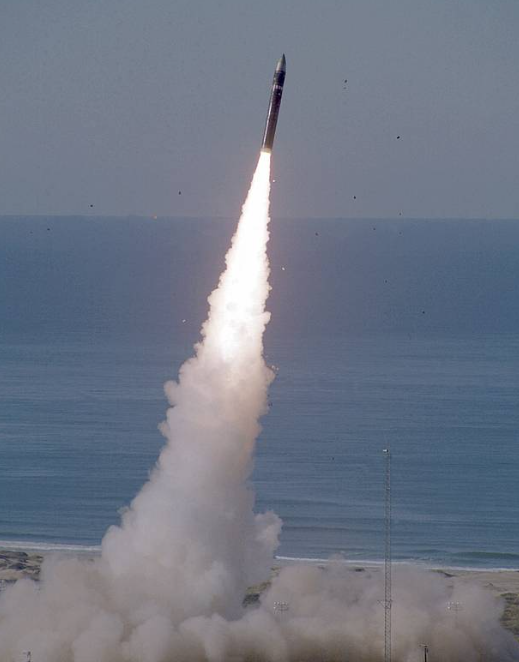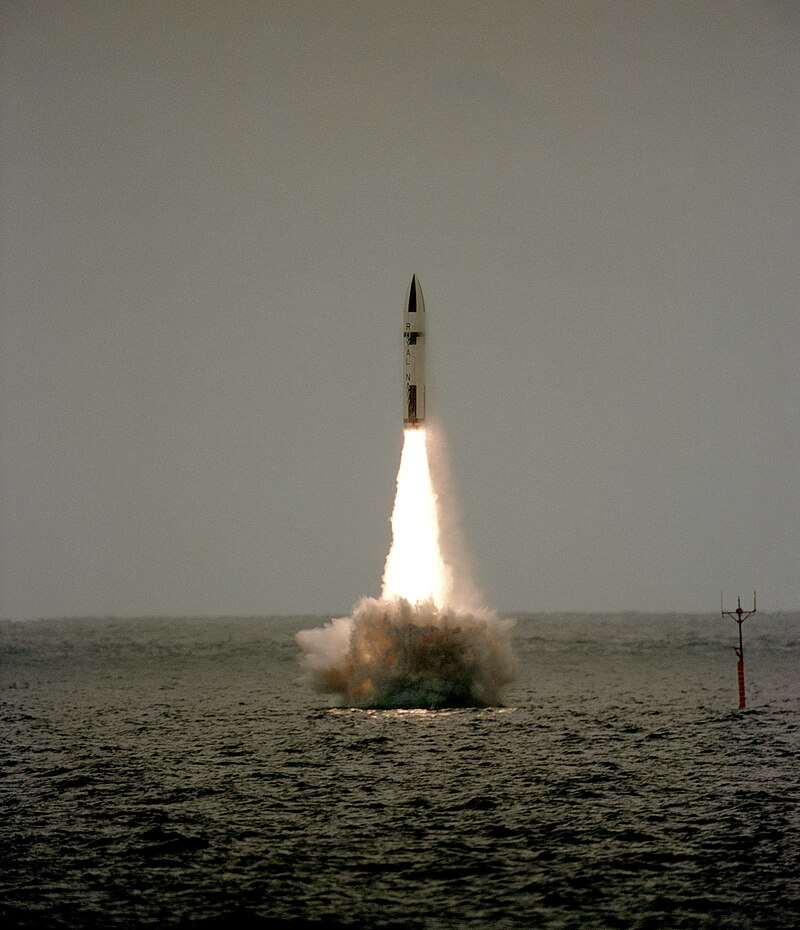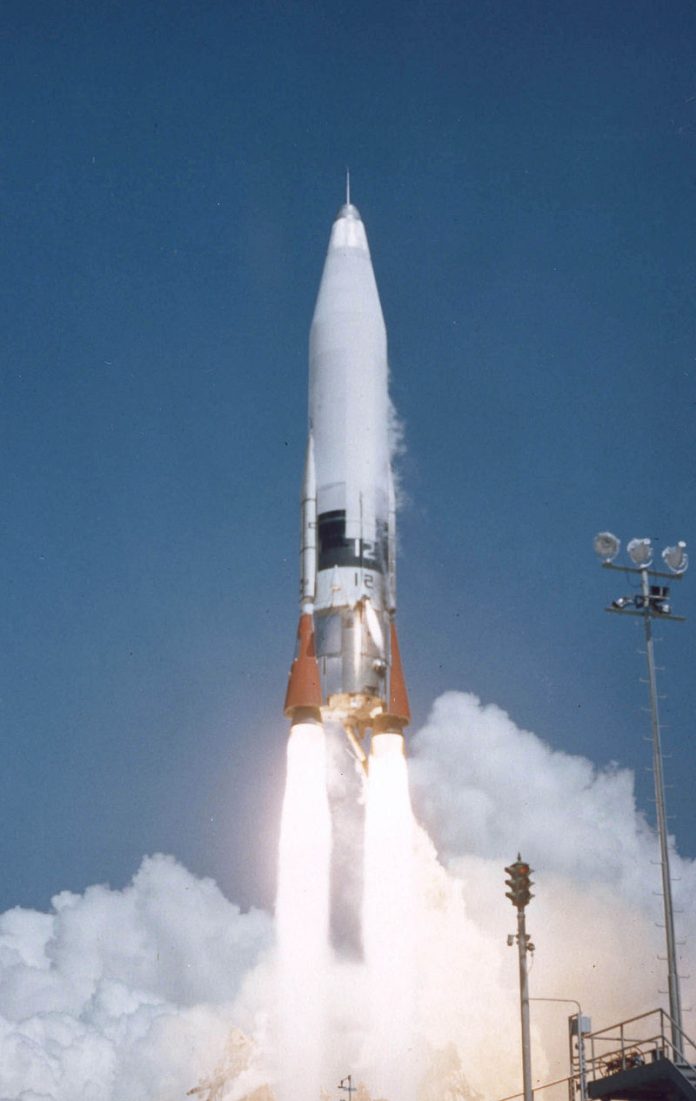
It started with a navigational warning and a map-small details that hinted at a major strategic event. The United States had scheduled its first test of a nuclear-capable intercontinental ballistic missile since President Donald Trump publicly called for renewed nuclear weapons testing. In an era of heightened great-power rivalry, such a launch is more than just a technical exercise; rather, it is a geopolitical signal.
The test-an unarmed Minuteman III launched from Vandenberg Space Force Base toward the Ronald Reagan Ballistic Missile Defense Test Site in the Marshall Islands-comes amidst deep debates over nuclear modernisation and the troubled Sentinel program, along with questions about the future of arms control. While officials insist such launches are routine, the timing and context render them strategically significant. Following are nine key insights from this event and its broader implications.

1. Minuteman III’s Function in the Nuclear Triad
The Minuteman III intercontinental ballistic missile is one of three pillars of the US nuclear triad, alongside submarine-launched ballistic missiles and strategic bombers. With a range over 6,000 miles and speeds near 15,000 mph, these are designed for rapid launch from hardened silos. Current US practice deploys each missile with a single warhead, though technically they can carry multiple independently targetable reentry vehicles. Air Force Global Strike Command says such tests are meant to validate readiness, reliability, and safety. “The nuclear triad is the cornerstone of the national security of our country and allies around the globe,” said Gen. Thomas Bussiere in a February release. The launches reassure allies and deter adversaries by showing an ability to operate under realistic conditions.

2. Routine Test or Strategic Signal?
Officials stress that ICBM tests are planned years in advance and not a response to recent events. Indeed, more than 300 such tests have been carried out over decades. But this test came after Trump ordered the resumption of parts of nuclear testing, giving it a particularly sharp geopolitical resonance. The U.S. notified Russia in advance under the terms of bilateral agreements designed to prevent misunderstanding. Its notification status with China is less clear, reflecting the lack of a formal prelaunch notification protocol between Washington and Beijing. In great-power competition, even the most mundane actions take on strategic significance as perceptions are formed and resolve signaled.

3. Noncritical Testing Clarifying the Scope
Energy Secretary Chris Wright said planned tests are “noncritical,” meaning they involve delivery systems or components but no nuclear detonations. These exercises ensure that all parts of a weapon can trigger an atomic explosion if required, but without breaking the norm of test bans. Such noncritical tests are highly dependent upon simulations and sophisticated diagnostics. As Wright noted, contemporary computation allows scientists to simulate explosive conditions so well that live nuclear detonations can be reduced while still validating performance.

4. The Pacific Test Corridor and Kwajalein’s Role
The flight path from California to Kwajalein Atoll in the Marshall Islands has been a well-established test corridor. The Ronald Reagan Ballistic Missile Defence Test Site provides radar, optical and telemetry data during the missile’s terminal phase. The LIDSS rafts are equipped with high-speed cameras and hydrophones, which record the reentry parameters of burst height and impact location. This information is invaluable in determining missile accuracy and reliability, as it feeds directly into Department of Defense assessments.

5. Sentinel Program Delays and Minuteman Life Extension
The Sentinel ICBM, which was to replace the Minuteman III, faces severe cost overruns and schedule delays: 81% above budget and many years overdue. Infrastructure challenges include digging hundreds of new silos and replacing 7,500 miles of cabling, thereby driving costs sharply upward. The Air Force now contemplates extending the service life of Minuteman at least until 2050, compared to previous claims that such life extension was impossible. This reversal underlines the strategic imperative to keep the current fleet viable as modernization struggles continue.

6. Industrial Base and Competition Challenges
The competition waned when Boeing pulled out, leaving Northrop Grumman as the sole bidder for the Sentinel program. With no competition, there is less incentive to hold down costs. Testimony in 2024 at the Pentagon acknowledged that “effectively there was not, at the end of the day, competition in this program.” This procurement environment raises a number of concerns about cost control and accountability in nuclear modernization.

7. Global Nuclear Testing Landscape
While Trump cited Russian and Chinese testing, there is no credible evidence of recent nuclear detonations by those states. Russia withdrew its ratification of the Comprehensive Nuclear-Test-Ban Treaty in 2023, while China has expanded activity at its Lop Nor site. However, both countries deny explosive testing. North Korea is the only country known to have conducted a nuclear test in the 21st century, though it has observed a self-declared moratorium since 2018. A breach in the U.S. moratorium may invite similar responses by other nations, risking an end to decades-long restraint.

8. Strategic Posture and Arms Control
This test also comes amidst debates on the future of New START, which is set to expire in 2026. While Trump favours trilateral denuclearisation talks with Russia and China, concrete progress has been hard to come by. Such routine tests evidence the capability but risk, without renewed arms control arrangements, of becoming part of an accelerating arms race rather than a stabilising deterrent.

9. Technical Excellence Under Operational Conditions
Tests of ICBMs involve several months of preparation and coordination between agencies. Airmen from all three missile wings participate, ensuring that crews maintain proficiency in procedures such as launch and system maintenance. “This allows our team to analyze and report on accuracy and reliability for the current system while validating projected missile system improvements,” said Col. Dustin Harmon, commander of the 377th Test and Evaluation Group. The data sustains confidence in the deterrent while informing the transition to future systems.
The most recent Minuteman III launch was, officially, a matter-of-course check on America’s land-based nuclear deterrent. In today’s context, however, it speaks volumes beyond technological envelopes: modernization ambition versus program realities, the delicate balance of signaling without escalation, and the enduring demand for credible deterrence. Such tests are not about missiles to the defense analyst and policymaker; they are about strategic stability in an increasingly competitive world.


